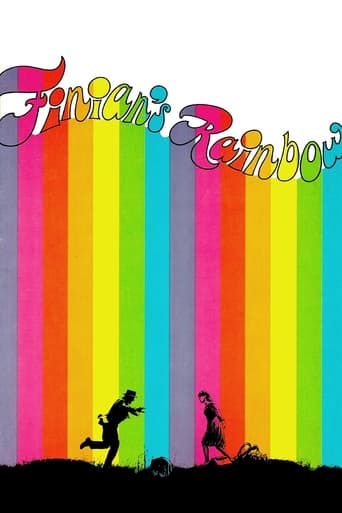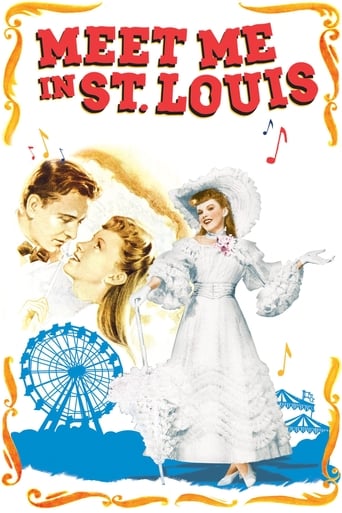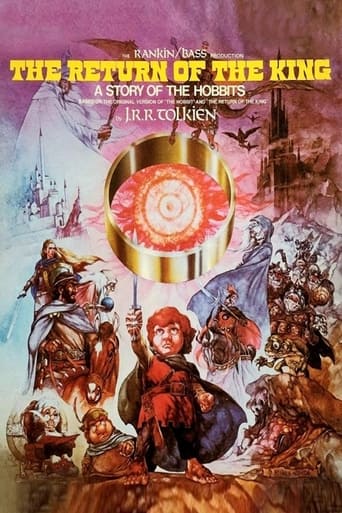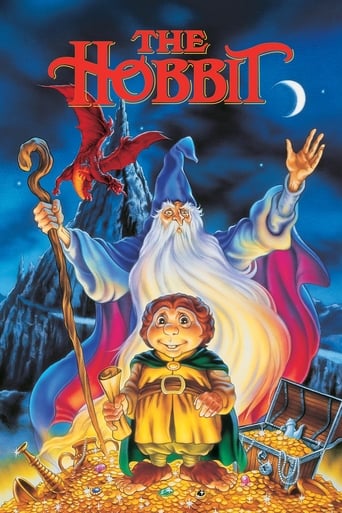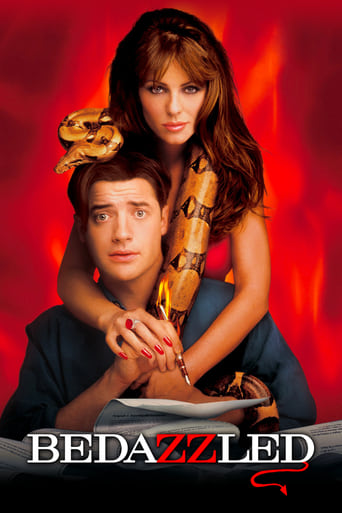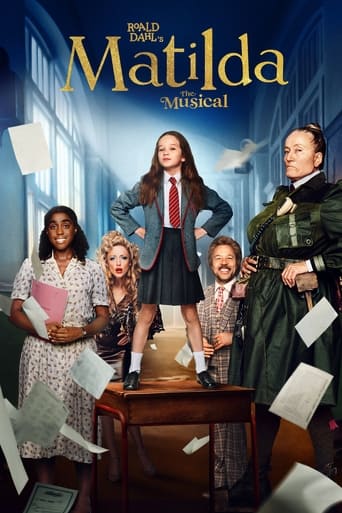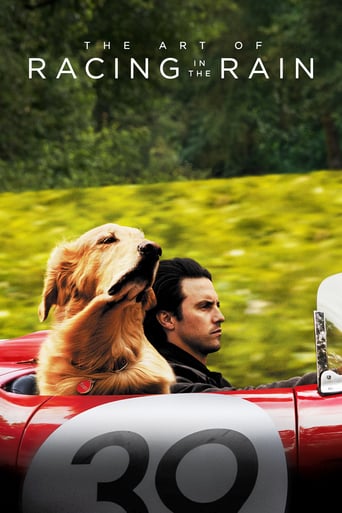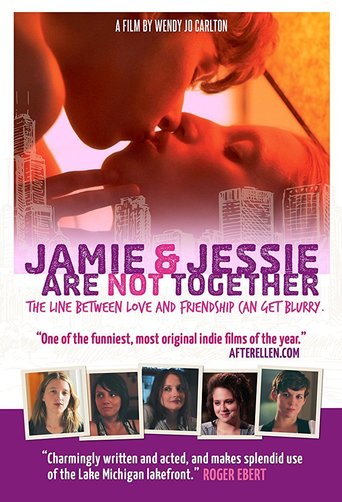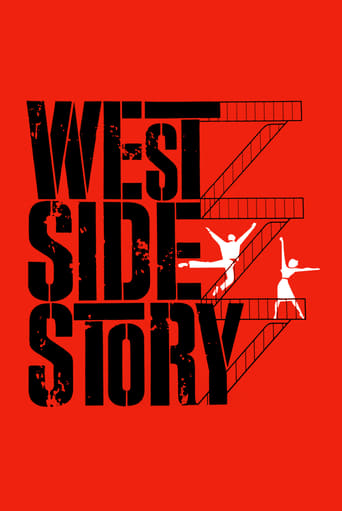Finian's Rainbow (1968)
An Irish immigrant and his daughter arrive in Kentucky with a magical piece of gold that alters the course of several lives, including those of a struggling farmer and an African American community facing persecution from a bigoted politician.
Watch Trailer
Cast
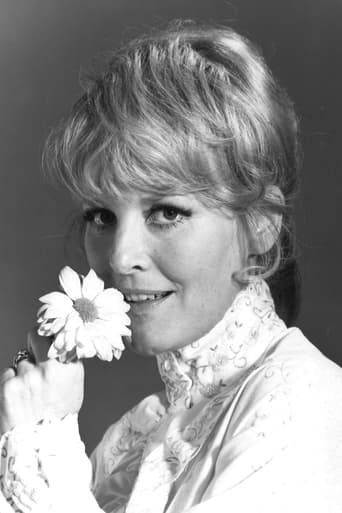


Similar titles
Reviews
I had absolutely no idea what to expect when I saw this film. I always loved Fred Astaire and Petula Clark. I also vaguely remember having a favorable impression of Tommy Steele from my childhood. The first few minutes were quite amazing, cinematography-wise, and we get to hear the first of about 3 (maybe 4) outstanding Broadway songs ("Look to the Rainbow," How Are Things in Glocca Morra" "When I'm Not Near the Girl I Love"). After that, this Titanic sinks quickly. The plot, if there is one, is a rambling mess about Finian, who stole the proverbial pot of gold at the end of the rainbow and stupidly thought it would "multiply" if he buried it somewhere near Fort Knox. Ooookay. Then we have the bizarre racist story-line which has no connection with the music. Next, we are bouncing back and forth between Fred and Petula and Tommy and Don Francks as "Woody" (horrid! -- we kept taking bets for when his toupee was going to come flying off) and Keenan Wynn as "The Senator" and poor lonely "Silent Susan" (Barbara Hancock, a gifted dancer, yes, but otherwise...)It was impossible to know who to root for or care about and so we just sat and laughed and made jokes about Don and Fred's toupees. It was amazing to see how incredibly well Fred could still dance; at the same time, he looked like he was exhausted and about ready to drop dead (even though he hung on for nearly 20 more years). So, yes, Fred was entertaining when he was dancing. Otherwise, he and everyone else (especially Tommy Steele, who redefines "over the top" every time he screams "Doom and gloom!") seemed to be lost in the flotsam and jetsam of what, I imagine, had some impact as a Broadway musical in the 1940s. By the time they brought it to the screen (directed, inexplicably, by Francis Ford Coppola), it was way too late for anyone to care. It seems woefully out of date and out of touch. Again, the three songs mentioned above were superb examples of fine songwriting, but the rest is a slogfest and a jaw-dropper. There are moments of unexpected hysterical laughter (but not for any reasons the filmmaker intended) and the will-he-won't-he-lose-his-wig betting contest you'll be having, but otherwise... run for the hills ... just not the ones that Finian's Rainbow floats over.
"Finian's Rainbow" is a musical that never achieves what it should have, given the talents involved.Fred Astaire plays the whimsical Finian, who travels to America in search of the perfect place to put down roots and fulfill his magical calling. Petula Clark plays his long-suffering daughter, following across glaciers and into the Grand Canyon (if you can believe the nonsensical montage during the credits) to a little valley in Kentucky that is populated with simple folk who dance and sing daily.Fred's dancing is, at times, delightful. At other times, it is too derivative of his own earlier performances. Petula Clark is the best thing in the film, with a voice that caresses the Irish dialect and makes each song special. There is some beautiful music in "Finian's Rainbow", notably "Look to the Rainbow" and "How Are Things in Glocca Morra?"It is said that Hermes Pan was fired because his choreography was too dated. During some dance sequences the choreography does feel too old.Director Francis Ford Coppola created a film that has some wonderful moments mixed with some mediocre, slow sections. I prefer his very stylish take on the musical form, "One From the Heart", but "Finian's Rainbow" is worth watching, if only to see Fred and Petula.
Until TCM ran it, I never saw it complete. My old local TV station used to cut it to pieces for "time", I thought. Now I know they were uncomfortable with the subject matter. This movie is not "PC." It makes fun of racism in much the same way of Mel Brooks' films: with outrageous comedy. Keenan Wynn is marvelous as the white senator who gets "wished" black. The mint tobacco crop won't burn, but it puts out fires! Both Tommy Steele and Petula Clark (who is surprisingly good) are perfect. Fred Astaire, in his last musical, can still dance at age 69. To his credit, Francis Ford-Coppola does not over-direct. Harburg's lyrics are great (oh, yes, you remember that other film of his "The Wizard of Oz"?) although slightly dated; as this Broadway musical is from 1947. Several memorable songs, including: "That Ole Devil Moon","Look to the Rainbow", "When I'm Not Near the Girl I Love, I Love the Girl I'm With". This film is a fantasy and a fable. It even includes a miracle: a "mute" finds her voice. (Barbara Hancock as "Silent Susan" is a beautiful dancer.) A fairy tale, this film will be way too sweet for some, but it is a better musical than anything produced today. Best seen on a big screen because of its lush outdoor settings and cinematography. Some reviewers think this film is "deeply flawed" because of it's racial humor. It's because of people with "attitude" like that that no one can buy a (legal) copy of "Song of the South".
The cynical world of the late 60's didn't really want the number of sweet movie versions of Broadway musicals that they were producing, and "Finian's Rainbow" was no exception. While it may not have been an absolute disaster at the box office (and broke Warner Brothers the way "Hello, Dolly!" did 20th Century Fox), it wasn't the hit the studio must have expected. However, it is still a fabulous movie and holds up a lot better than some of the film versions of shows released during this time.Take a look at Fred Astaire while he dances to "Look to the Rainbow" with a group of kids he meets in Rainbow Valley, located near Fort Knox where his Irish character has come to bury a pot of gold he has stolen from the leprechaun, Og (Tommy Steele). Astaire, then 69, starts off slow, and as the music pumps up begins to swing his bag around, lifting the bag high up in the air, twisting and turning as if he was a 20-year old. This is a rare moment in a movie where you want to start cheering with joy as a living legend shows what he's made of and the results of the discipline he's held onto for over half a century. Even 8 years later, dancing with Gene Kelly in "That's Entertainment Part II", Mr. Astaire still could move better than most people half his age. While he's top billed (and definitely the lead, as the character is the film's protagonist), the bulk of the movie's running time goes to his on-screen daughter, Sharon (played beautifully by Petula Clark) and the leprechaun, Og. Tommy Steele is a performer who is not for everybody's taste, and some of his character's humour seems to be really outdated. But overall, he's quite likable. In regards to Clark, what other singer/actress in 1968 could have done this role? Shani Wallis, perhaps, but Clark proves here she is more than a singer and brings her acting roots (she was a star in British films in the 1950's) to American audiences. When she breaks out into "How Are Things in Glocca Mora?", she gets the audience in the palm of her hand. And getting to sing the beautiful "Old Devil Moon" with her on-screen love interest, Woody (a slightly wooden Don Francks), she holds onto them.Most of the Broadway score is intact, save "Necessity", and is sung beautifully. Some people may find offense in the racist character Keenan Wynn plays, but he's played as a parody of real-life racists to show how ridiculous they are. Try not to laugh as the black scientist (Al Freeman Jr.) slowly shuffles towards Wynn with his bromo seltzer after Wynn's right hand man tells Freeman he doesn't shuffle enough like the old fashioned black servants they were used to. Wynn's agony and Freeman's glee are a joy to behold. In this storyline, I was slightly disappointed by the fact that Wynn's character, who is wizened up after briefly being turned into a black man, doesn't turn around and fire the bigoted staff he controls once he gains true wisdom and looses his prejudices. "The Begat" (Wynn's song with the black gospel singers he meets up with) is a true show-stopper, even though it really doesn't move the plot forward at all.Sadly, a wonderful Broadway revival only a few years ago didn't catch on with audiences even though critics loved it, but this film is as faithful a record as Hollywood could possibly do. I think Francis Ford Coppolla did an amazing job directing this film, and should be proud of his accomplishments. It is beautiful to look at, wonderful to listen to, and sentimental in the way it utilizes the magnetic Astaire almost 50 years after his Broadway debut.

